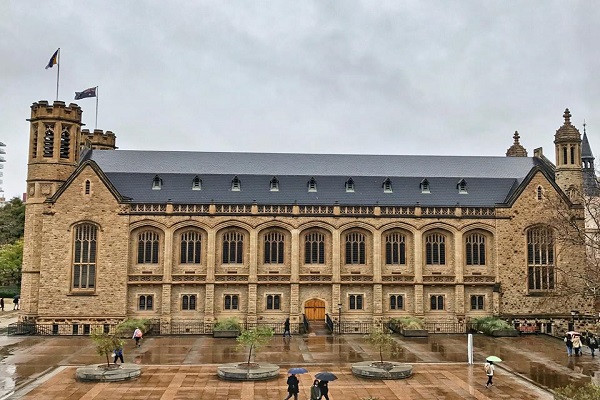University of Adelaide: New electrocatalysts herald carbon neutrality
An electrocatalyst is a catalyst that increases the rate of the oxidation and reduction reactions in an electrochemical cell or electrolyser. Improvements in the performance of electrocatalysts improve the efficiency of the device, which are critical for storing and converting renewable energy generated by remotely located solar and wind farms.
“Single atom catalysts are promising candidates for the next-generation of highly efficient electrocatalysts,” said the University of Adelaide’s Professor Shizhang Qiao, Director, Centre for Materials in Energy and Catalysis who leads the team.
“They benefit from high atomic utilization – how efficiently materials are used in a reaction, which helps to reduce the cost of energy generation and conversion applications.
“Single atom catalysts are promising candidates for the next-generation of highly efficient electrocatalysts.”
Professor Shizhang Qiao
However, the simplicity of geometric structure restricts their application.
“We are working on a new class of correlated single atom catalysts with neighbouring metal single atoms, which provides more opportunities to achieve structural modification,” said Professor Qiao.
“By controlling metal-metal interactions between metal single atoms we have been able to regulate the geometric and electronic structure of active sites, and therefore facilitate performance enhancement toward a wider range of electrocatalytic applications.
“By critically examining recent progress, we outlined directions for future work in the design and development of high-performing correlated single atom catalysts.”
These fundamental research advances will inspire the rational design of metal-based electrocatalysts with high performance and low cost, which will benefit the development of sustainable energy solutions.

